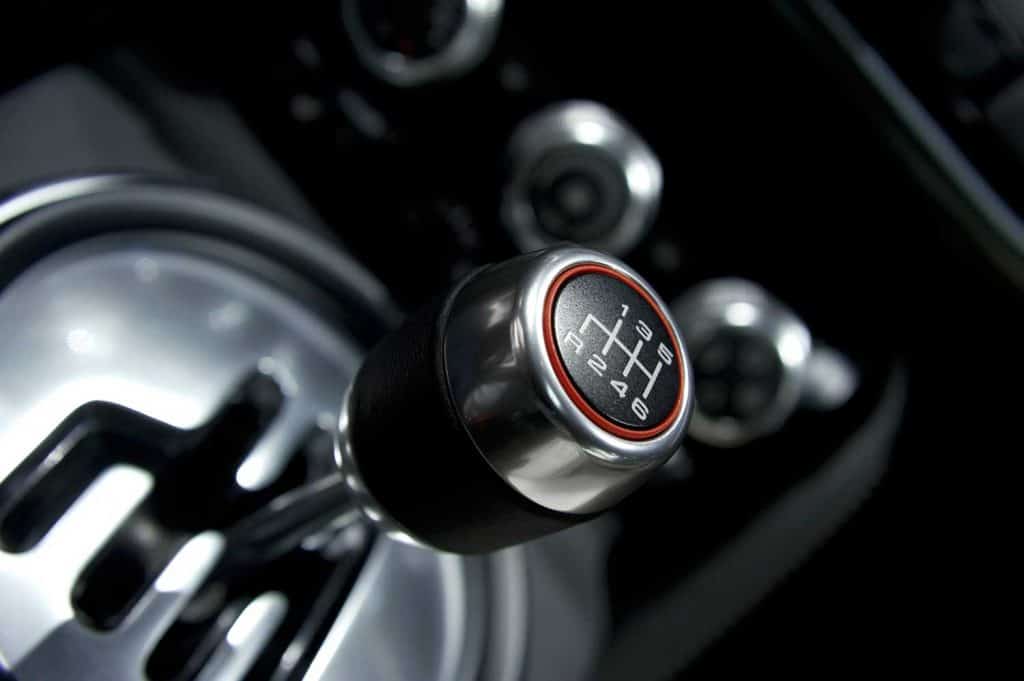
- CAR WON T START AND GEAR SHIFT WON T MOVE HOW TO
- CAR WON T START AND GEAR SHIFT WON T MOVE DRIVER
- CAR WON T START AND GEAR SHIFT WON T MOVE MANUAL
CAR WON T START AND GEAR SHIFT WON T MOVE MANUAL
Replacement brake sensors can typically be sourced from any local parts distributor.Several issues can cause your car not to move even when it’s in gear, and the source may come down to whether your vehicle has an automatic or manual transmission. In many cases, this is a relatively simple job to complete, and requires little to no expenditure outside of the purchase of a replacement sensor. If your vehicle’s brake switch does indeed prove to be faulty, replacement will be necessary in order to prevent the recurrence of this issue. This is a presumptive diagnosis, which can later be verified through testing with a multimeter. If your brake lights fail to illuminate when you depress the brake pedal, your vehicle’s brake switch is likely faulty. The simplest way to diagnose such an issue is to have a helper monitor your vehicle’s brake light operation. Typically, a vehicle’s shift interlock will act as if the brake pedal was never applied. If this switch fails, the interlock function can be adversely affected. This system detects brake pedal operation through the actuation of a brake switch. #3 – Brake Switch FailureĪs previously mentioned, most vehicles feature a shifter interlock that is reliant upon brake pedal operation for disengagement. It is a wise idea to familiarize yourself with such procedures now, rather than to be forced to seek such information out when in the midst of a park related issue. The location of this manual override differs from one vehicle to the next, though one can consult their owner’s manual for specifics. However, if this proves ineffective, one can access the manual shift lock override, which is typically engaged by inserting a key or small flathead screwdriver. The shifter interlock in some vehicles can be bypassed by simply turning your key to the accessory position, and placing the shifter in the neutral position, where the vehicle can then be started. See Also: 5 Causes of Your Reverse Lights Not Working
CAR WON T START AND GEAR SHIFT WON T MOVE DRIVER
The use of this release allows a driver to override their vehicle’s shifter interlock. To prevent motorists from becoming stranded under such circumstances, the majority of manufacturers fit their vehicles with a shift lock release. However, interlock systems do fail in the engaged position on occasion. This interlock manually bars a shifter from being moved out of the park position, until the vehicle’s brake pedal is depressed. To prevent a vehicle from being accidentally shifted into drive or reverse, engineers typically fit all vehicles with a shifter interlock system. Read Also: What Happens When Driving With the E-Brake On #2 – Shifter Interlock This places all weight on a vehicle’s parking brake assemblies, as opposed to the parking pawl and parking gear. In order to prevent such a situation, it is imperative to set your parking brake when attempting to stop on an incline, prior to placing your vehicle in park. However, on steep inclines, this process might require the use of a secondary towing vehicle. This often requires the help of a second individual, who can create enough movement to facilitate proper disengagement, by rocking the vehicle back and forth. In this case, one must relieve this pressure, in order to successfully shift into any drive gear. This often makes it difficult to shift out of the park position, leaving motorists stranded in the process. Under these circumstances, the parking pawl and parking gear are supporting a vehicle’s entire weight.

When parking on a steep incline, a transmission’s parking pawl can come under an immense amount of pressure, as it wedges into its corresponding parking gear. Related: 3 Causes of a Stuck Parking Brake #1 – Incline Induced Pawl Pressure

The following are the most likely causes of a vehicle’s transmission failure to release from its park position.
CAR WON T START AND GEAR SHIFT WON T MOVE HOW TO
See Also: Different Transmission Types (and How to Identify) Potential Causes of a Stuck In Park Condition The parking pawl disengages from this parking gear when any alternative shifter selection is made. When a vehicle is placed in park, this lever-like device engages a specialized parking gear, which is mated to the transmission’s output shaft. As a result, automatic transmissions have been engineered to feature a number of fail-safe features, which prevent a vehicle from moving, other than when intended.Īll automatic transmissions now rely upon a device called a parking pawl, to prevent unintended vehicle movement when in the “park” position. Throughout the years, automotive manufacturers have made great strides toward increasing vehicle safety. Understanding Transmission “Park” Operation

Potential Causes of a Stuck In Park Condition.Understanding Transmission “Park” Operation.


 0 kommentar(er)
0 kommentar(er)
